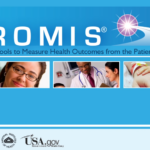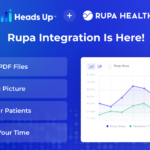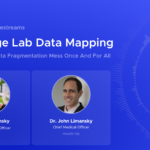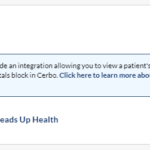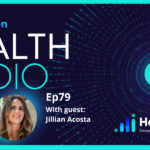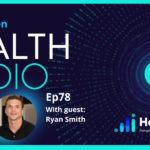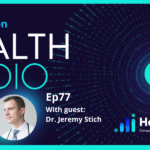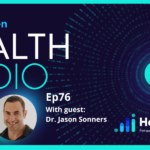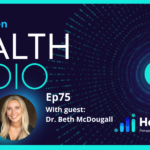In the rapidly evolving landscape of healthcare technology, weight loss remote patient monitoring tools have emerged as game-changers. They provide healthcare professionals with the ability to continuously track and analyze patients’ progress, facilitating personalized, data-driven interventions. This article will delve into the benefits and types of these innovative tools, with a focus on the Heads Up Health platform, a leading provider in this sphere.
Understanding Weight Loss Remote Patient Monitoring (RPM)
Remote patient monitoring, or RPM, is a technology that allows the transmission of health-related data from a patient to the healthcare providers in a different location. This technology has seen extensive application in the management of chronic conditions like diabetes and heart disease, but its use in weight management has recently garnered attention.
RPM for weight loss involves the use of digital tools that record and transmit data related to a patient’s weight, physical activity, diet, and other parameters. These tools can range from advanced smart scales to wearable fitness trackers. The data collected provides a real-time, comprehensive overview of a patient’s weight management progress, enabling healthcare providers to offer personalized guidance and interventions.
Types of Weight Loss RPM Tools
There is a broad array of remote patient monitoring tools designed for weight loss, each with its unique features and benefits. Here are a few common types:
Digital Scales
Digital scales are one of the most basic yet vital tools in RPM for weight loss. Innovations in technology have led to the development of ‘smart’ scales that can measure not only weight but also other parameters like body mass index (BMI), body fat percentage, and muscle mass. These scales can transmit the data instantly to a remote server accessible by healthcare providers.
Fitness Trackers
Wearable fitness trackers are another popular tool in weight loss remote patient monitoring. These devices can track various parameters like steps taken, calories burned, heart rate, and sleep quality. The data collected provides valuable insights into a patient’s physical activity levels and can help tailor exercise plans to their specific needs.
Glucose and Blood Pressure Monitors
For patients battling obesity-related conditions like diabetes or hypertension, RPM can include tools like smart glucometers and blood pressure monitors. These devices allow patients to monitor their blood sugar and blood pressure levels at home, with the data being instantly transmitted to their healthcare provider.
Health Apps
Health apps are the cornerstone of RPM, offering a platform for data collection, analysis, and communication. These apps can sync data from various devices, provide reminders for medication or exercise, offer dietary advice, and facilitate communication with healthcare providers.
Weight Loss Medication Management
Weight loss medication management is one of the most important components of RPM. By monitoring patients’ medication intake, healthcare providers can adjust dosages as needed based on results and feedback from the patient. This helps maximize safety and efficacy while also helping to ensure that the patient doesn’t miss any doses or forget to take their medications. Learn about the The Semaglutide Weight Loss Dashboard w/ Remote Patient Monitoring here.
The Role of Heads Up Health in Weight Loss Remote Patient Monitoring
Heads Up Health is a leading player in the field of RPM, offering a comprehensive platform for health data management. Its platform is particularly beneficial for weight loss remote patient monitoring due to several key features.
Data Integration
Heads Up Health’s platform can integrate data from a wide array of devices, including digital scales, fitness trackers, glucose monitors, and blood pressure monitors. This feature allows for a holistic view of a patient’s health and weight loss progress.
Data Analysis
The platform provides powerful analytic tools that can track trends, identify patterns, and flag potential issues. This can help healthcare providers make informed, data-driven decisions regarding a patient’s weight loss plan.
Communication
Heads Up Health facilitates seamless communication between patients and healthcare providers. Providers can monitor their patients’ progress, send reminders or alerts, and provide personalized advice, all through the platform.
Benefits of Using Weight Loss Remote Patient Monitoring Tools
The use of RPM in weight loss management offers several benefits for both healthcare providers and patients:
Personalized Care
RPM tools provide a wealth of data that can be used to tailor weight loss plans to individual patients’ needs. Providers can adjust diet plans, exercise routines, and medications based on real-time data, leading to more effective and personalized care.
Improved Access and Engagement
RPM tools enable patients to actively participate in their weight loss journey. They can track their progress, make informed decisions about their health, and communicate easily with their healthcare providers. This not only improves access to care but also boosts patient engagement.
Cost-Efficiency
RPM can help reduce healthcare costs by minimizing the need for in-person consultations and hospital admissions. It can also lead to better health outcomes, further driving down costs in the long run.
Conclusion
Weight loss remote patient monitoring tools are revolutionizing the approach to weight management. With the ability to deliver personalized, real-time care, these tools are set to become an integral part of weight loss programs. Platforms like Heads Up Health are leading the way in this transformation, providing comprehensive solutions that empower patients and healthcare providers alike.
In a world where the prevalence of obesity and related health conditions is rising, the importance of effective weight management cannot be overstated. RPM tools offer a promising solution, harnessing the power of technology to foster healthier communities.

